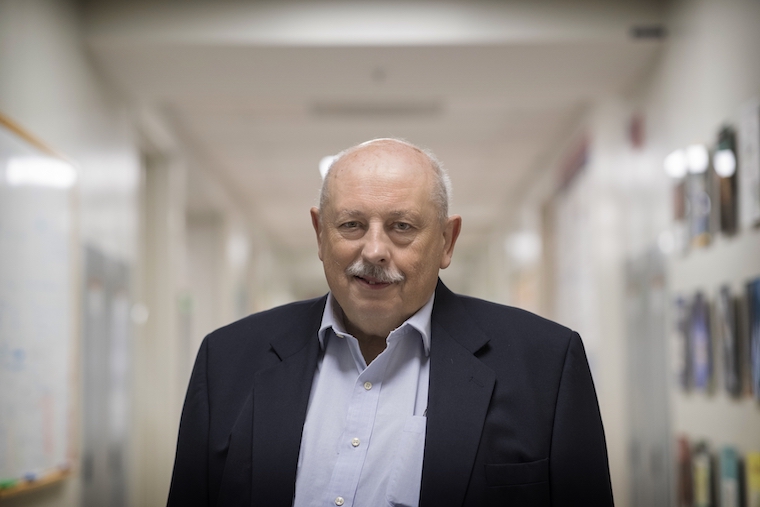Our Wladek Minor, PhD, and an international team of collaborators have made a discovery that calls into question an important assumption used in the development of new drugs. Their surprising findings should help us improve the process of drug development and help prevent harmful drug interactions in patients.
Until now, scientists have assumed that albumin, an important drug transporter in the blood, will behave in human blood similarly to how it behaves in lab models widely used in drug development. But Minor and his team found that isn't always the case.
The researchers looked at how a common nonsteroidal anti-inflammatory drug (NSAID), ketoprofen, interacted with both human albumin and other mammalian albumins. (Bovine albumin, from cattle, for example, is widely used in drug-development research.) They found that these interactions were inconsistent, with different albumins binding with the drug in different locations. That suggests we can't assume the drug will interact with bovine albumin, or other albumins, the same way it will in people.
“This work directly demonstrates that drugs can be carried differently around the body across mammals and highlights a need for caution when using non-human albumins or animal models in drug development,” said Alan Stewart, PhD, a collaborator of Professor Minor's at the University of St Andrews in the United Kingdom.
Based on their results, Professor Minor and his team say additional studies are needed to better understand how other drugs bind with albumin. Scientists, going forward, will need to assess the suitability of particular albumins for their research. This will help them predict how human albumin will bind with the drugs and reduce the chances of unintentional and potentially harmful drug interactions.
"This research shows that when we are getting unexpected results, we need to dig deeply to understand them and their consequences. Advanced biomedical research often requires transdisciplinary collaboration of scientists with disparate backgrounds and perspectives to address complex research questions,” Professor Minor told me. “We hope that this work will help researchers understand the limitations of pharmacological studies aimed at treating humans but that are based on other organisms.”
